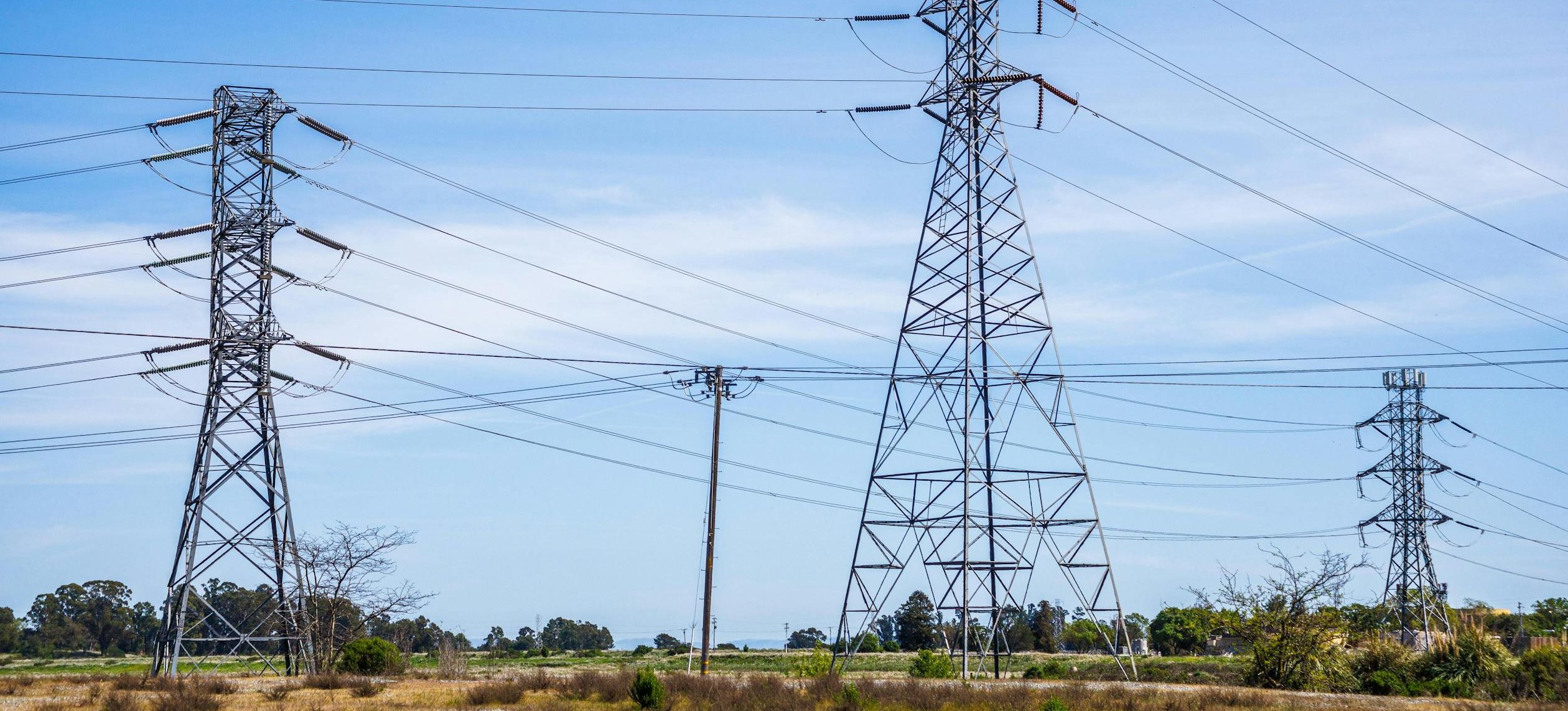Table of Contents
Introduction
If you’re installing solar panels and Jemena is your electricity distributor, understanding their connection process is essential. While your solar retailer handles most interactions with Jemena, knowing what happens behind the scenes empowers you as a homeowner and helps you better understand potential delays or requirements.
This guide walks you through the entire process of connecting your solar system to Jemena’s network, explains why certain steps are necessary, and provides clarity on technical requirements that affect your installation.
What is Jemena and Why Do They Need to Approve Your Solar?
Jemena Electricity Networks is one of Victoria’s major electricity distributors, owning and managing the poles, wires, and infrastructure that delivers electricity to homes and businesses. When you install solar panels, you’re not just generating power for your home you’re potentially sending excess electricity back into the grid that Jemena manages.
Your solar system is classified as a “micro embedded generator” (MEG), and Jemena must approve its connection to ensure:
- The grid remains stable and safe
- Your system meets all technical and safety standards
- The local network can handle the additional electricity you generate
- Your meter is correctly configured to measure electricity flowing in both directions
The Jemena Solar Connection Process: Step-by-Step
1. Pre-Installation Planning
What happens: Your solar installer will assess your property, recommend a system size, and check Jemena’s requirements for your area.
What you should know: System size is limited to 10kVA per phase (or 30kVA for three-phase connections), while export limits are generally capped at 5kVA per phase (or 15kVA for three-phase). These limits may affect the number of panels you can install and the financial payback of your system.
2. Application Submission
What happens: Your solar installer submits a Micro Embedded Generator Connection Application to Jemena on your behalf.
What you should know: This is typically done through Jemena’s online portal called “connect and manage my electricity.” Your installer will need information about your existing electrical connection and details about your proposed solar system.
Timeline: Applications should be submitted before installation begins.
3. Technical Assessment
What happens: Jemena reviews your application to ensure:
- Your proposed system meets their technical requirements
- The local network can accommodate your solar generation
- The correct inverter settings will be applied
- Proper safety mechanisms are included
What you should know: In some areas with high solar penetration, Jemena may impose stricter export limits or require additional technical safeguards.
Timeline: Typically 10-20 business days, depending on whether you applied through your retailer or directly.
4. Approval
What happens: If your application meets all requirements, Jemena provides approval for the connection.
What you should know: This approval is conditional on the installation meeting all the specified requirements, including inverter settings and safety features.
Timeline: Once assessment is complete, approval is typically immediate.
5. Installation
What happens: Your solar installer completes the physical installation of panels, inverter, and associated equipment.
What you should know: The installer must ensure that all Jemena’s requirements are met, including:
- Correct inverter settings (voltage and frequency protection)
- Proper labeling of equipment
- Isolation switches and safety mechanisms
Timeline: Usually 1-2 days, depending on system complexity.
6. Electrical Safety Inspection and Certification
What happens: A licensed electrical inspector checks the installation to confirm it meets all safety standards.
What you should know: Your installer will arrange this inspection and provide you with a Certificate of Electrical Safety, which is a legal requirement.
Timeline: Usually arranged within 1-5 business days after installation.
7. Meter Configuration/Replacement
What happens: Your existing meter may need to be replaced with a bi-directional smart meter that can measure both electricity consumption and solar exports.
What you should know:
- If you already have a smart meter, it may only need reconfiguration
- If you have an older meter, it will need to be replaced entirely
- This work must be done by your electricity retailer, not Jemena directly
- Your solar system must remain switched off until the meter work is complete
Timeline: This is often the longest part of the process, typically 2-4 weeks but can be longer.
8. Final Connection and Activation
What happens: Once the meter is installed/configured, your solar system can be activated.
What you should know: Only after your new meter is installed can you begin generating and exporting electricity. Your installer may need to return to switch on and test the system.
Timeline: Immediate once the meter is ready.
Why Your Solar System Must Remain Off Until Meter Replacement
A common frustration for new solar owners is being told their brand new system must remain switched off until the meter work is completed. Here’s why:
- Safety Concerns: Without a proper bi-directional meter, electricity you generate could flow back into the grid during network maintenance, posing serious safety risks to electrical workers.
- Accurate Billing: Standard meters cannot accurately record electricity flowing in both directions, potentially resulting in billing errors.
- Technical Compliance: The new meter helps ensure your system operates within Jemena’s technical parameters.
- Legal Requirements: Operating your system before proper metering is in place violates electrical safety regulations and connection agreements.
Understanding Your Bi-directional Meter
The bi-directional meter installed with your solar system serves several important functions:
- Measures consumption of electricity you draw from the grid
- Measures exports of excess electricity your solar system sends to the grid
- Enables accurate billing so you get paid for your exports
- Provides data that helps Jemena manage the network
This meter is typically owned and managed by your electricity retailer, not Jemena, which is why the meter replacement process involves coordination between multiple parties.
Technical Requirements Explained
Jemena specifies several technical requirements for solar systems. Here are the most important ones in simple terms:
Inverter Standards
Your inverter must comply with Australian Standard AS/NZS 4777.2:2020, which covers:
- Safety features
- Power quality
- Grid protection mechanisms
Maximum System Size
- Single-phase supply: Maximum 10kVA inverter capacity
- Three-phase supply: Maximum 30kVA total inverter capacity
Export Limits
- Single-phase supply: Generally limited to 5kVA export to the grid
- Three-phase supply: Generally limited to 15kVA export to the grid
These limits exist to prevent network overloading and maintain voltage stability in the neighborhood.
Safety Features
Your system must include:
- Anti-islanding protection (automatically shuts down your system during a grid outage)
- Voltage and frequency protection (ensures your system operates within safe parameters)
- Proper isolation switches and labeling
Volt-Watt and Volt-VAr Response
These are intelligent features in modern inverters that help stabilize the grid:
- Volt-Watt Response: Automatically reduces power output when grid voltage gets too high
- Volt-VAr Response: Helps regulate voltage by adjusting reactive power
Larger Commercial Systems (30kW-100kW)
For businesses considering larger solar installations between 30kW and 100kW, the process becomes more complex:
Key Differences for Commercial Systems:
- Connection Classification: Systems over 30kW typically don’t qualify as “basic connections” under Jemena’s model standing offer and require negotiated connection services.
- Network Studies: May require detailed analysis of local network capacity and potential impacts.
- Protection Requirements: More sophisticated protection systems are generally required.
- Export Management: Stricter export management and control systems are typically necessary.
- Costs: May involve additional connection charges if network upgrades are required.
- Timeline: Expect a longer approval process, typically 30-60 business days.
The application process follows a similar pattern but involves more detailed technical assessments and potentially negotiations about connection terms and network upgrade costs.
Common Questions Answered
Q: How long does the entire process take from application to activation?
A: Typically 4-8 weeks, with meter replacement/configuration often being the longest stage.
Q: Can I use my solar system to power my home during a blackout?
A: Not with a standard grid-connected system. For blackout protection, you’ll need a battery system with specific backup capabilities.
Q: Can I increase my export limit beyond 5kVA per phase?
A: Possibly, but it requires a special application and assessment by Jemena. Approval depends on local network capacity and is not guaranteed.
Q: Why does Jemena limit exports when my inverter capacity is larger?
A: Export limits help prevent voltage rise issues in neighborhoods with high solar penetration. Your system can still be larger for self-consumption, but excess exports are curtailed.
Q: What happens if my installer doesn't configure my inverter correctly?
A: Your system may not comply with Jemena’s requirements, potentially leading to disconnection until issues are resolved.
Tips for a Smooth Connection Process
- Choose an experienced installer familiar with Jemena’s requirements and application process.
- Start the application early as approvals can take time, especially in areas with high solar adoption.
- Consider your meter upgrade timeline when planning your installation date.
- Keep copies of all documentation including approval forms, certificates, and inverter settings.
- Understand your export limit and how it might affect your system’s financial return.
- Check if your retailer offers solar-friendly plans that maximize the value of your exports.
Conclusion
While connecting solar to Jemena’s network involves several steps and technical requirements, understanding the process helps set realistic expectations and ensures a smoother experience. Your solar installer should handle most of the paperwork and technical compliance, but being informed helps you make better decisions and understand any delays that might occur.
Remember that this process, though sometimes frustrating, exists to ensure the safety and reliability of the electricity network while enabling more renewable energy generation.
Glossary of Terms
- Bi-directional meter: A smart meter capable of measuring both electricity consumption and solar exports
- Embedded generator: Any electricity generation system connected to the distribution network
- Export limit: The maximum amount of excess electricity your system is allowed to feed into the grid
- Inverter: The device that converts DC electricity from solar panels into AC electricity for home use and grid export
- kVA (kilovolt-ampere): A measure of electrical capacity or power
- Micro embedded generator: Small-scale generation systems (typically under 30kVA) like residential solar
- Phase: Refers to how electricity is supplied to your property (single-phase or three-phase)




